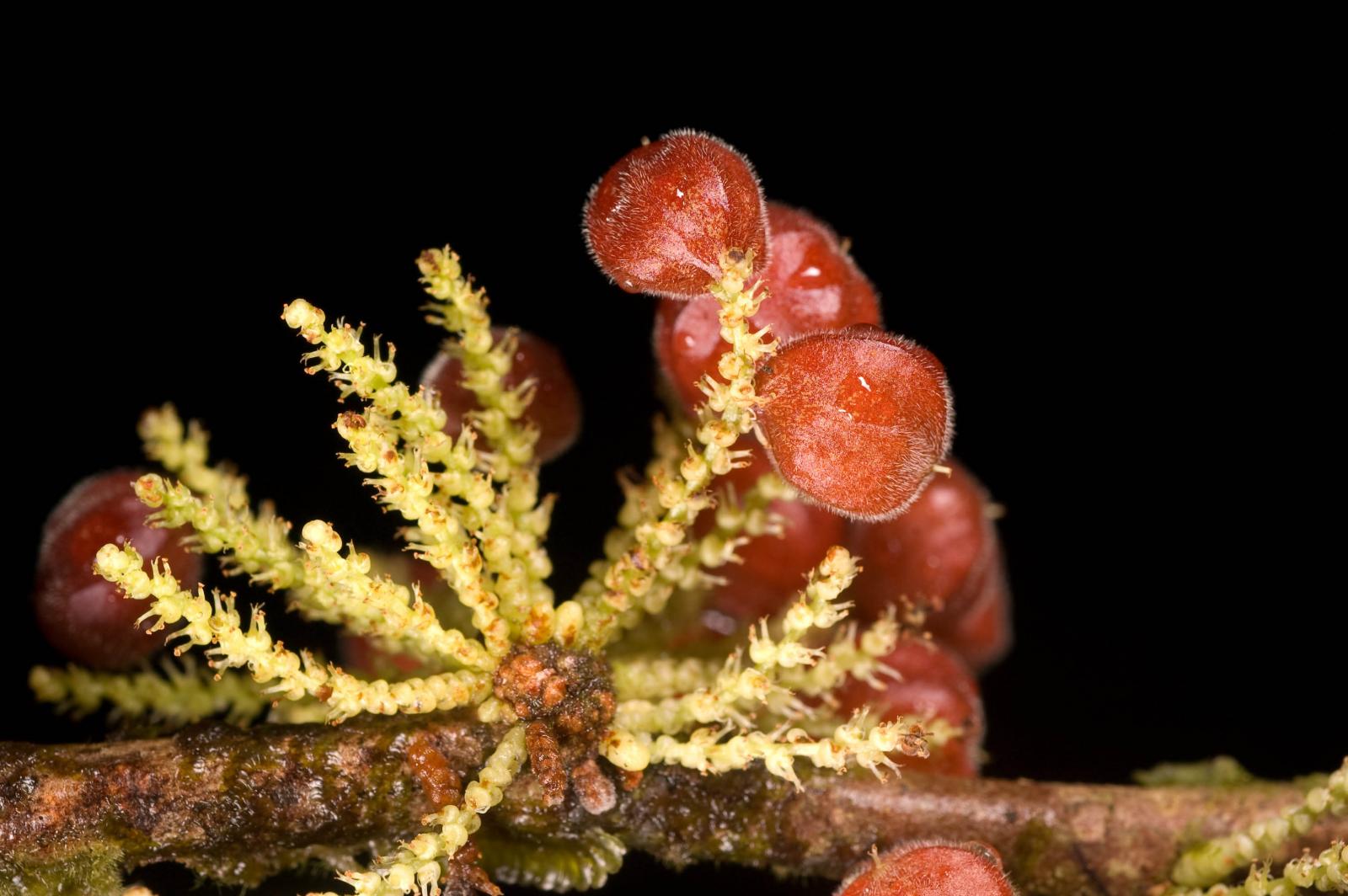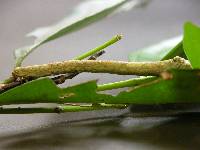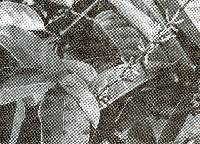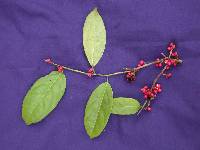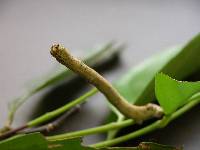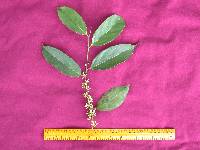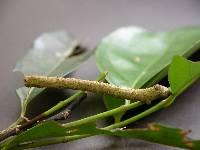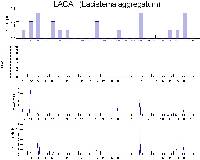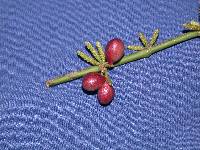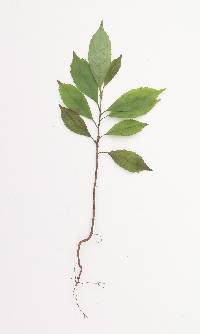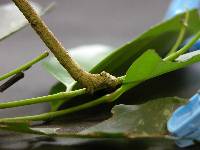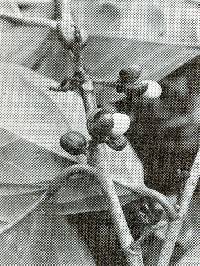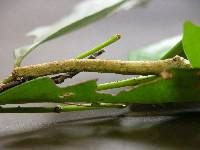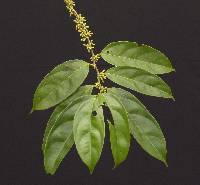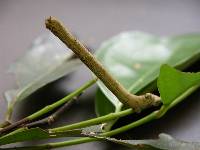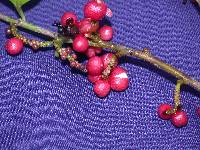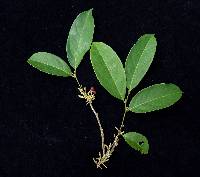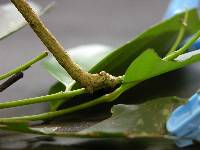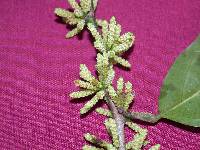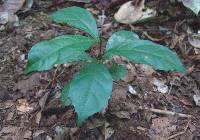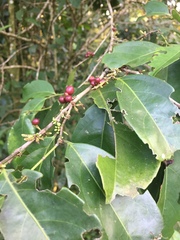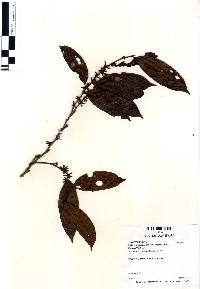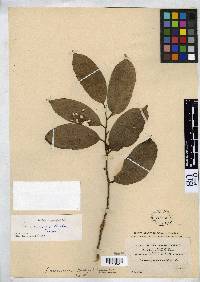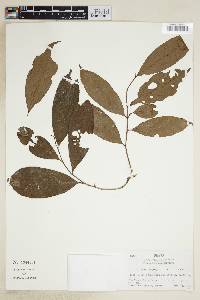
Neotropical Flora
|
Family: Lacistemataceae
[Lacistema aggregatum var. elongatum Maguire, moreLacistema blanchetii A. DC., Lacistema ellipticum Schnizl., Lacistema elongatum Schnizl., Lacistema intermedium Schnizl., Lacistema occidentale Cuatrec., Lacistema orinocense Baehni, Lacistema pacificum Cuatrec., Lacistema poeppigii A. DC., Lacistema recurvum Schnizlein] |
Tree, usually 6-20 m tall, glabrate or with sparse puberulence on young stems and underside of leaf. Petioles 5-10 (20) mm long; blades lanceolate, oblong-elliptic or oblanceolate-acuminate, acute to rounded at base, 10-16 cm long, 4.5-7 cm wide, entire or remotely crenate, the veins drying wrinkled, usually barbate in the axils of lateral veins on the lower surface, often pubescent all along midrib at least when young; stipules to 1 cm long, caducous. Flowers greenish, sessile, in narrow, cylindrical, bracteated spikes, the spikes 1-3 cm long, 4-12 per axil; bracts cupulate, broader than long, one subtending each flower; perianth segments 4, ca 0.5 mm long, unequal, erose; ovary and stamen centrally situated on a broad fleshy disk, the disk subtended by free bracteoles (usually 3) exceeding width of disk; stamen solitary, ca 2 mm long, exceeding pistil, the connective bifurcate; styles 3, short. Capsules ovoid, ca 1 cm long, red, short-stalked, splitting +/- irregularly into 2 or 3 valves; seed 1, ca 7 mm long, surrounded by a fleshy, bitter, white aril. Croat 5691, 8402. Common in the forest, especially in the young forest. Flowers in the dry and early rainy seasons, from January to May (rarely to July), usually in the latter half of the dry season. The fruits mature from April to June (sometimes August). The inner wall of one of the valves of the capsule becomes free and folds along the median. After being forced out, the seed is suspended on a slender white fiber from near the apex of the inner wall. Though the seeds are no doubt principally dispersed by birds, Oppenheimer (1968) reported that white-faced monkeys eat the white aril associated with the seed. |
|
|
|
Powered by Symbiota.

